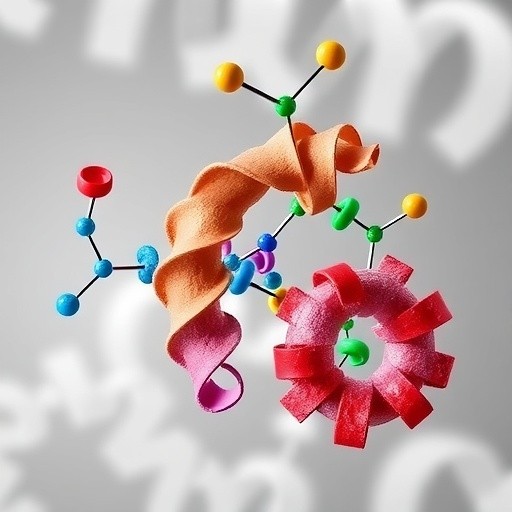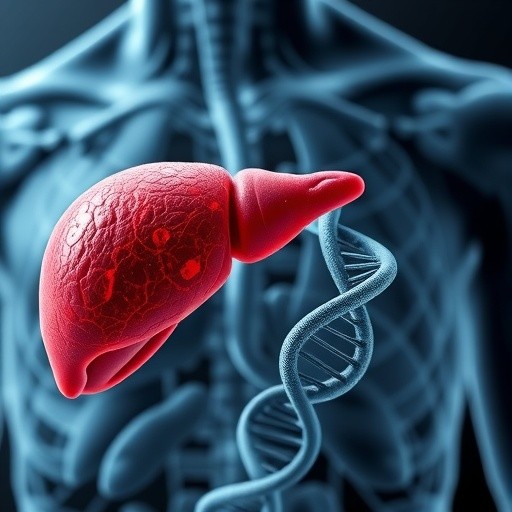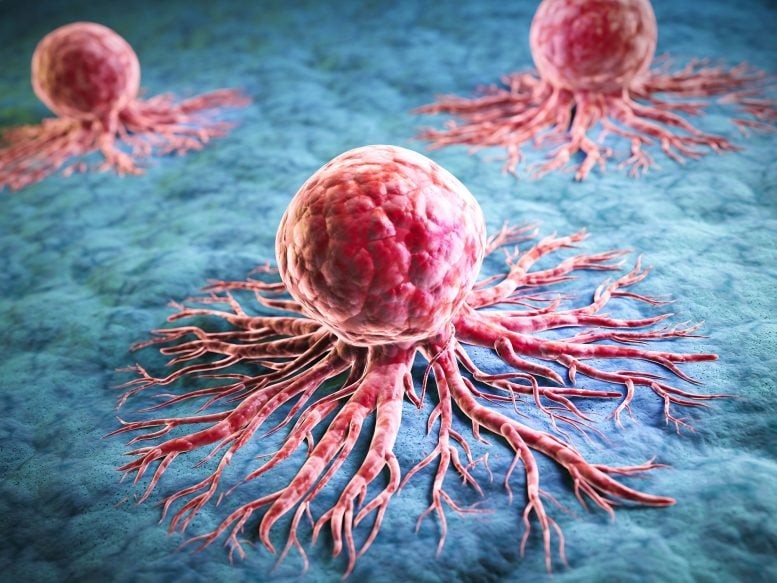Allosteric Modulators Alter G Protein Selectivity in GPCRs
In a landmark study that tackles one of the most complex puzzles in cellular communication, scientists have unveiled a breakthrough strategy to precisely modulate G protein-coupled receptor (GPCR) activity using allosteric modulators. This innovative research deciphers how a small molecule, SBI-553, achieves subtype-selective inhibition of specific G proteins, shedding new light on receptor–transducer selectivity and paving the way for a new era in GPCR-targeted drug development.
GPCRs are central to cell signaling, controlling diverse physiological processes by coupling with heterotrimeric G proteins. These G proteins differ primarily in their α-subunit C-terminal sequences, which dictate how they interact with receptors. While a single GPCR can activate multiple G protein subtypes, the exact molecular cues governing this selectivity have remained largely unknown.

Figure 1. GPCRs.
The study centers on SBI-553, an allosteric modulator previously shown to inhibit Gq/11 signaling via the neurotensin receptor 1 (NTSR1). Researchers sought to determine whether this inhibition arose indirectly—through mechanisms like β-arrestin recruitment—or directly, by blocking G protein binding. To test this, they engineered chimeric G proteins by swapping the C-terminal residues between Gq and GoA. The experiments revealed that the G protein’s C-terminal sequence is the critical determinant of SBI-553’s selective antagonism. When GoA’s C-terminal residues were replaced with those of Gq, the chimera became sensitive to SBI-553 inhibition, while the reverse substitution weakened the compound’s effect—proving the defining role of these residues in selectivity.
Further analysis demonstrated that substituting only a few residues could not replicate the full C-terminal swap’s impact. This indicates that SBI-553’s selectivity arises not from single amino acids but from the collective conformational properties of the entire C-terminal segment. Figure 1 shows GPCRs.
To explore these structural dynamics, the researchers used cryo-electron microscopy to visualize NTSR1 bound to neurotensin and various G proteins. In the absence of SBI-553, both GoA and Gq adopt a similar “closed” conformation within the receptor’s intracellular pocket. When SBI-553 binds, however, it induces a steric clash that forces GoA to adopt a novel “open” conformation—its α-helix tilts by about 14 degrees and retracts 4 Å from the receptor core, establishing new van der Waals contacts with the compound. This unique arrangement, unseen in any previously known GPCR–G protein structures, suggests that SBI-553 actively reshapes the receptor–G protein interface.
Computational modeling further clarified why SBI-553 selectively inhibits Gq/11 but no other subtypes. The open conformation required for SBI-553 binding is energetically unfavorable for Gq/11 due to their structural constraints, while other subtypes, such as G12/13, can more easily adapt to it. These energetic differences explain the molecule’s subtype-specific effects.
Beyond structural interactions, SBI-553 also influences receptor activation dynamics. It engages the conserved E/DRY motif of NTSR1, stabilizing an “active-like” receptor state even while disrupting Gq coupling. Simultaneously, the induced open G protein conformation mirrors an intermediate activation state, implying that SBI-553 orchestrates both receptor and transducer activation equilibria rather than merely blocking signaling.
Attempts to crystallize the NTSR1–Gq–SBI-553 complex has been unsuccessful, consistent with Gq’s inability to assume the open conformation necessary for binding. Functionally, this aligns with pharmacological assays showing that SBI-553 effectively inhibits Gq but not GoA signaling.
This discovery marks a paradigm shift in understanding GPCR modulation. Rather than acting as simple on/off switches, allosteric modulators like SBI-553 can fine-tune receptor signaling by selectively stabilizing or destabilizing specific receptor–G protein conformations. This opens new opportunities to develop drugs that target precise signaling pathways—maximizing therapeutic benefits while minimizing side effects caused by broad G protein activation.
The study also exemplifies how structural biology, protein engineering, and computational modeling can converge to decode the molecular “language” of receptor–G protein interactions [1]. Since GPCRs share a conserved framework yet signal through diverse pathways, these findings have broad implications across multiple receptor families. Rationally designing ligands that exploit this conformational flexibility could enable highly selective modulation of signaling cascades involved in neurological, cardiovascular, and oncologic diseases.
Ultimately, this research redefines how scientists conceptualize receptor regulation. By revealing that SBI-553 induces distinct structural states to reprogram GPCR–G protein coupling, it highlights the immense potential of allosteric modulators as precision tools in drug discovery. These insights lay the groundwork for a new generation of pathway-selective therapeutics, capable of harnessing the subtle conformational dynamics that govern cellular communication.
References
- https://bioengineer.org/allosteric-modulators-shift-gpcr-g-protein-selectivity/
Cite this article:
Keerthana S (2025), Allosteric Modulators Alter G Protein Selectivity in GPCRs, AnaTechMaz, pp.520















